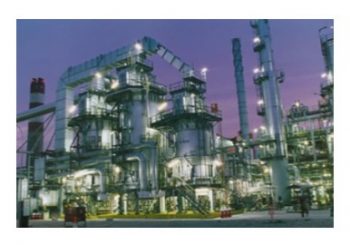
This information video shows CFD modelling of an interesting physical phenomenon. Pressure wave CFD simulation is used on a test pipe to demonstrate wave propagation in pipes. This phenomenon is also called the water hammer effect. There are two examples shown in the video. The first is a simple pipe, the second one is a bit more complex because there are junctions in the pipeline. Pipe geometry has important effect on the pressure wave and from the video below you will see why.
This phenomenon came to my attention several years ago when a flexible hose manufacturer was looking for a CFD simulation to understand how a hose burst on an offshore drilling platform. The hose delivered drilling mud from the pump to where it was used in the process.
We used CFD analysis to simulate a sudden valve closure and together with other factors this lead to the burst of said flexible hose. I saw some before-after photos of the incident, interesting to say the least.
Fluid or gas, a pressure wave CFD analysis works the same
Later during my career an other application came into the picture as well. It was not about understanding after an incident what happend. Rather to prepare and avoid such damage to the pipe system. The medium in that latter case was earth gas and as such peak value of pressure wave was not in that high level as for the drilling mud. Interesting fact that depending on geometry and other factors like pipe length a pressure wave CFD simulation in gases tend to be easier to do. The reason is that speed of sound with which the wave propagates is less in gases than in fluids. Thus for gas flows larger time step can be used.
This application example was one of the firsts I uploaded to YouTube, almost 9 years ago. It’s been quite a while now but still interesting for those who are looking at pressure wave CFD simulation examples.
The CFD code I used for this case study was CFdesign but it is not available any more. For projects I successfully used SC/Tetra as well. But any other CFD code can do such analyses that are capable of running compressible liquid simulations.
Dr. Robert Dul
